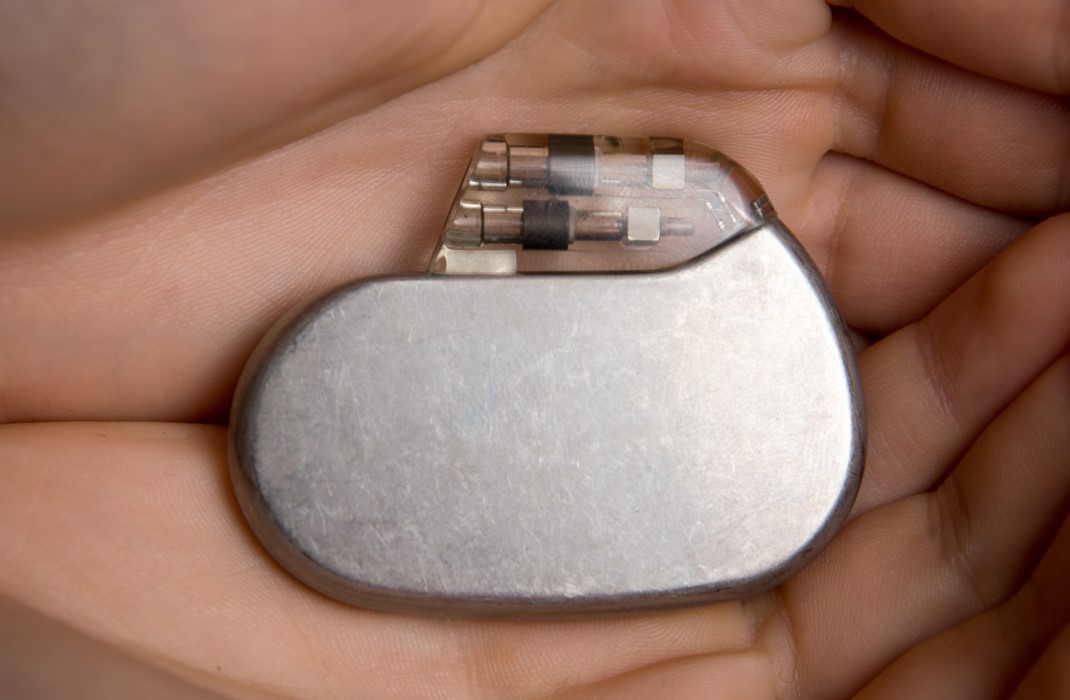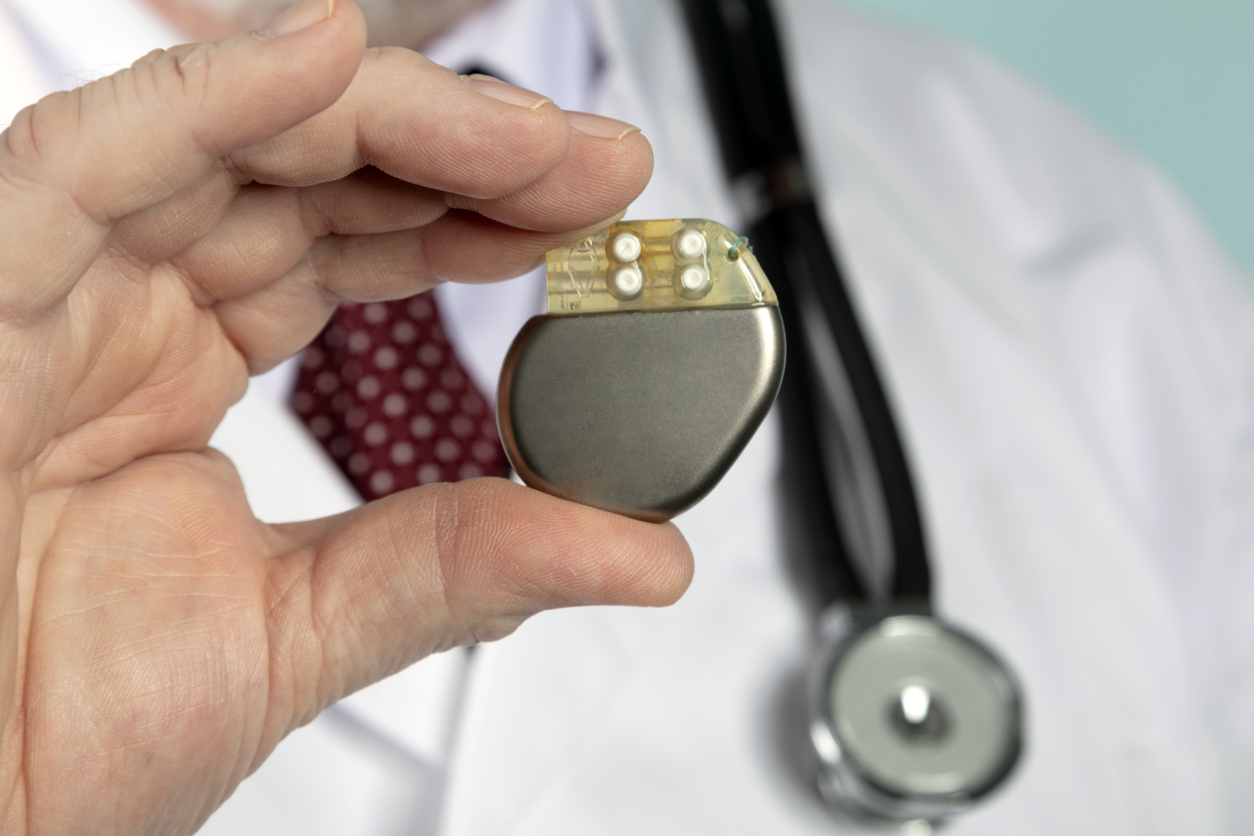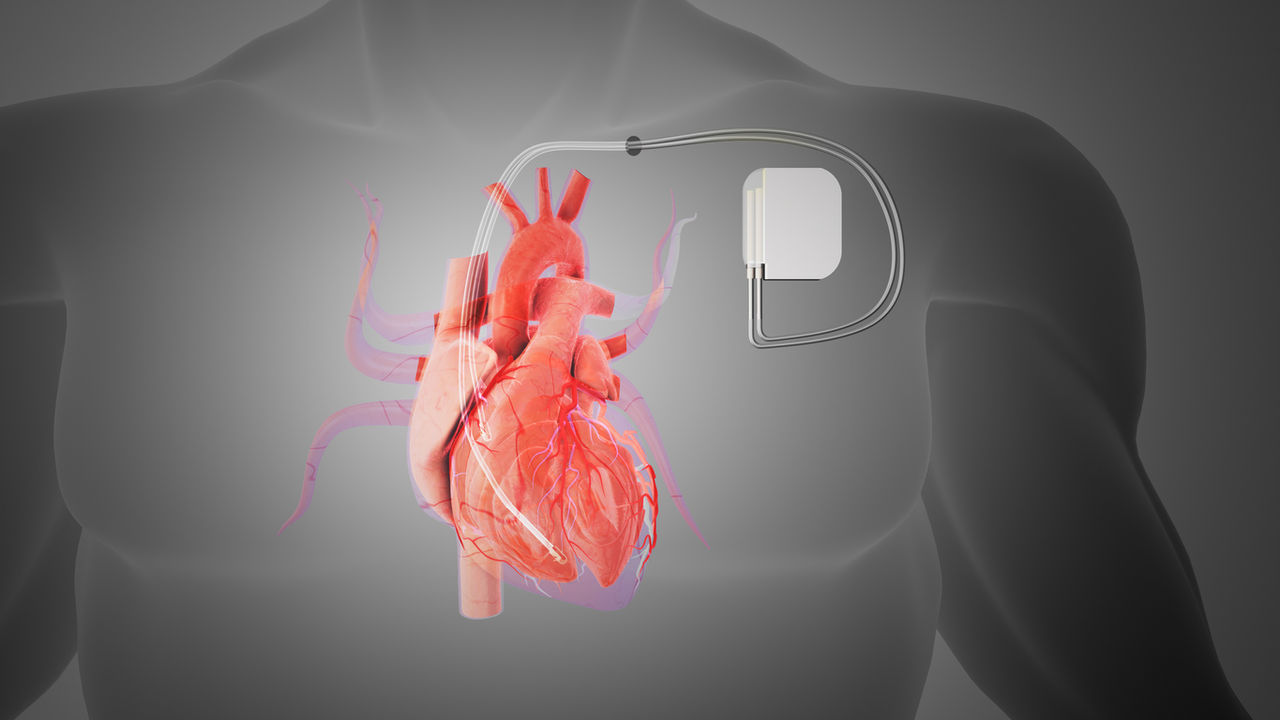-
- Find Care
-
- Visitor Information
- Find a Location
- Shuttles
- Visitor Policies
-
-
- Our Virtual Care Options
- Virtual Urgent Care
- Virtual Visits for Primary & Specialty Care
- Online Second Opinions
- Participate in Research
-
- Contact us
-
- For Innovators
- Commercialization Guide for Innovators
-
-
- Research News
- Alzheimer's Disease
- Artificial Intelligence
-
- Overview
-
- Overview
- Getting Started
- New to Mass General Brigham
- International Patient Services
- What Is Patient Gateway?
- Planning Your Visit
- Find a Doctor (opens link in new tab)
- Appointments
- Patient Resources
- Health & Wellness
- Flu, COVID-19, & RSV
- Billing & Insurance
- Financial Assistance
- Medicare and MassHealth ACOs
- Participate in Research
- Educational Resources
- Visitor Information
- Find a Location
- Shuttles
- Visitor Policies
- Find Care
-
- Overview
- Our Virtual Care Options
- Virtual Urgent Care
- Virtual Visits for Primary & Specialty Care
- Online Second Opinions
-
- Overview
- Participate in Research
-
- Overview
- About Innovation
- About
- Team
- News
- For Industry
- Venture Capital and Investments
- World Medical Innovation Forum (opens link in new tab)
- Featured Licensing Opportunities
- For Innovators
- Commercialization Guide for Innovators
- Contact us
-
- Overview
- Information for Researchers
- Compliance Office
- Research Cores
- Clinical Trials
- Advisory Services
- Featured Research
- Two Centuries of Breakthroughs
- Advances in Motion (opens link in new tab)
- Brigham on a Mission (opens link in new tab)
- Gene and Cell Therapy Institute
- Research News
- Alzheimer's Disease
- Artificial Intelligence
-
- Overview
-
- Overview
- Residency & fellowship programs
- Brigham and Women's Hospital
- Massachusetts General Hospital
- Mass Eye and Ear
- Newton-Wellesley Hospital
- Salem Hospital
- Integrated Mass General Brigham Programs
- Centers of Expertise
- Global & Community Health
- Health Policy & Management
- Healthcare Quality & Patient Safey
- Medical Education
- For trainees
- Prospective trainees
- Incoming trainees
- Current trainees
- Continuing Professional Development
What Is a Pacemaker?

The heart is like an orchestra: If one musician starts playing too fast or too slow, it can throw off the whole song.
“The heart is an organ that pumps in a coordinated manner using an electrical signal. Sometimes that electrical signal can have issues. It can lead to fast heart rates, or it can lead to very slow heart rates,” says Nathaniel Steiger, MD, a Mass General Brigham electrophysiologist. Dr. Steiger cares for patients at Brigham and Women’s Hospital. Electrophysiologists are cardiologists who specialize in treating abnormal heart rhythms, called arrhythmias.
For certain arrhythmias, a device called a pacemaker helps all the instruments play on the beat. Learn how pacemakers work, find out how doctors implant a pacemaker, and how to minimize risks of complications.
Electric signals and heart function
The heart has four chambers that pump in a coordinated way to send blood to the rest of the body. The top two chambers, or atria, pump first. Then the bottom chambers, or ventricles, pump second. “They’re coordinated by a pacemaker we’re born with, called the sinus node. It’s a bundle of cells that signals the heart to pump. It sends signals across specialized muscle cells that conduct electricity quickly,” says Dr. Steiger. As the electrical signals move through the heart chambers, they contract in an organized way.
Disease in the sinus node, or in the special muscle cells that conduct electricity, can lead to slow heart rates, known as bradycardia. Bradycardia may lead to symptoms of fatigue, shortness of breath, and chest pressure. In more severe cases, people can experience lightheadedness and sudden fainting.
People who have bradycardia might need a pacemaker depending on the severity and the underlying cause. Another group of patients who may require a pacemaker are those who require medications to treat fast heart rhythms, known as tachycardias, which result in reducing an otherwise normal heart rate to one that is too slow.
“In order to adequately treat the fast heart rates with medicines, they need a pacemaker to support their lower heart rate. This may affect people with Afib (atrial fibrillation),” Dr. Steiger says. Patients who have certain types of heart failure may also benefit from a pacemaker.
Pacemakers have sensors that listen for a heartbeat. “If it doesn’t hear one within a certain period of time, it’ll generate its own through an electrical signal,” explains Dr. Steiger. Pacemakers also have accelerometers and other sensors, which sense movement. The pacemaker adjusts the heartbeat based on activity levels, whether someone is exercising or sleeping.
Types of pacemakers
Different types of pacemakers include:
- “Transvenous pacemakers are implanted with one, two, or three leads (or wires), depending on the cause of bradycardia and underlying heart function. The tip of the lead is implanted inside the heart via veins in the chest, and the other end of the lead is attached to the pacemaker generator, which is traditionally implanted in the left upper chest over the breast muscle. “Usually people get two wires, a wire in the top chamber and the bottom chamber,” says Dr. Steiger.
- Leadless pacemakers are a newer option, which are the size of a small paperclip and are implanted directly into the heart muscle. There are no leads, which lowers the risk of infection. They don’t work for all bradycardias but may be a good option for some patients.
Electrophysiologists can also use pacemakers to provide physiologic pacing. “We can pace the heart in a similar way to your biological pacemaker to help prevent problems with heart failure in the future. It’s a newer, advanced technique that Mass General Brigham doctors are really focusing on in certain patients,” explains Dr. Steiger.
Pacemaker risks
Pacemaker complications are fortunately rare. During implantation, some of the risks include infection, bleeding, or damage to the heart or lungs.
“There is a slight risk of infection over time. If it were to happen, it can be quite serious and require removal of the device,” says Dr. Steiger. Removing the pacemaker can be difficult, because over time the body creates scar tissue around the device and leads. “At the Brigham, we have a long history with our device extraction program. My colleagues specialize in removing these devices with specialized tools and an interdisciplinary team,” he says. “But the majority of people will never have to experience it.”
There is also a risk of pacemaker lead malfunction, which may require an additional procedure to replace the lead. Other rare risks include chronic pain from the pacemaker, feeling a chest sensation from the paced beats, or dislodgement of the leads from the heart muscle.
Things you can’t do with a pacemaker
Having a pacemaker probably won’t impact a patient’s day-to-day life. “Most household activities or items aren't going to cause any issues with the pacemaker. If you travel and you're going through airport security, you have a card to present to security. The x-ray machine itself is fine,” says Dr. Steiger.
MRI scanners, which use magnetic fields to create detailed images of the body, can also safely be used in patients with pacemakers. “The newer pacemakers are what we call MRI conditional, or MRI compatible. They have safe modes where in a monitored setting people can get an MRI safely. Even for patients who have older devices, some may be candidates to undergo an MRI scan. We use a very rigorous protocol to ensure we can do it safely,” Dr. Steiger explains.
People with pacemakers should take care with the following:
- High arc welding: Avoid this type of construction technique, which generates electric fields and can interfere with the pacemaker’s function.
- Cooking with an induction stove: Try to stay an arm’s length from an induction stove, which uses an electromagnetic field to heat the cookware directly. “As long as you’re not hugging your stove, you should be okay,” says Dr. Steiger.
- Shooting rifles: If you use a rifle regularly, your doctor may install it in a different location to prevent the recoil of the gun hitting against the pacemaker.
- Cancer treatment or radiation therapy: If you’re receiving radiation treatment for cancer located in the chest, “We want to make sure the pacemaker is out of the field of the radiation,” Dr. Steiger says.
- Cell phones: Keep them at least 6 inches from the pacemaker. Avoid carrying a cell phone in a shirt pocket.
Because there aren’t a lot of activity restrictions attached to the device, most patients find they can get back to their regular lives after the procedure. “A lot of patients forget they have a pacemaker. And that’s sort of the goal when we install it—we program it in a way that makes people feel better. And then they forget they have it.” says Dr. Steiger.

Contributor
Related articles
-

published on
-

published on
-

published on
-

published on
-

published on
-

published on
-

published on
-

published on
-

published on

